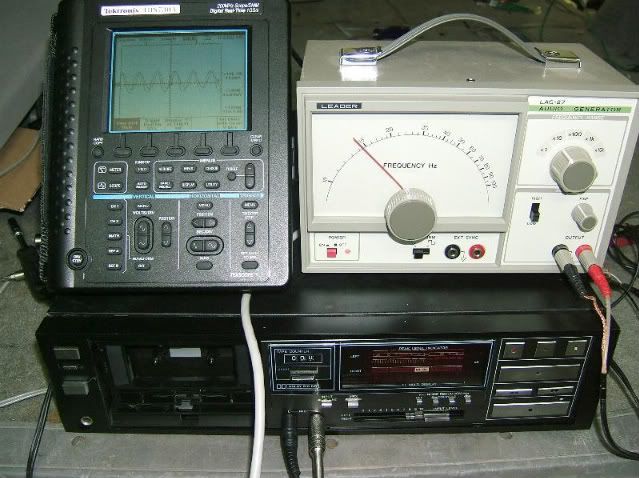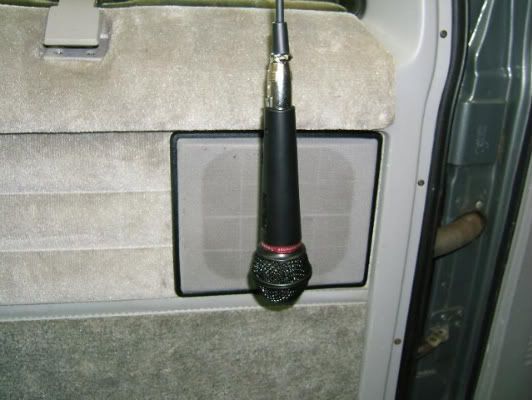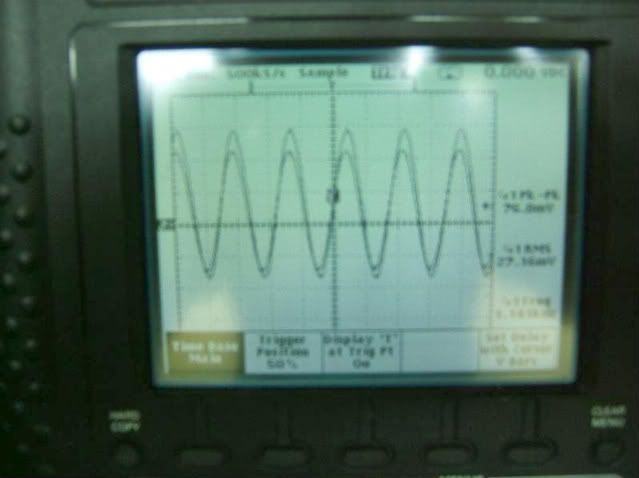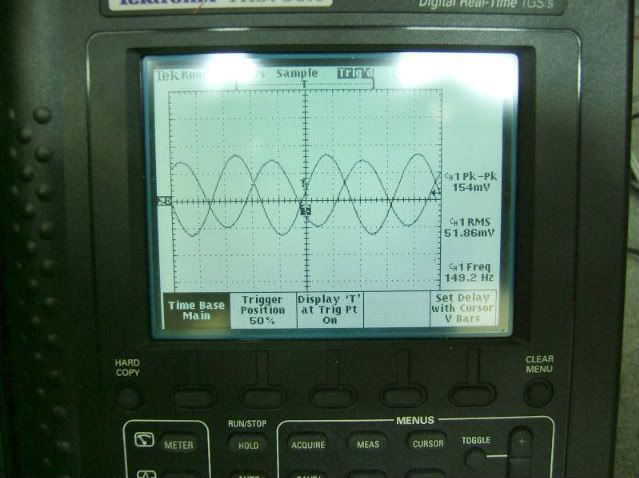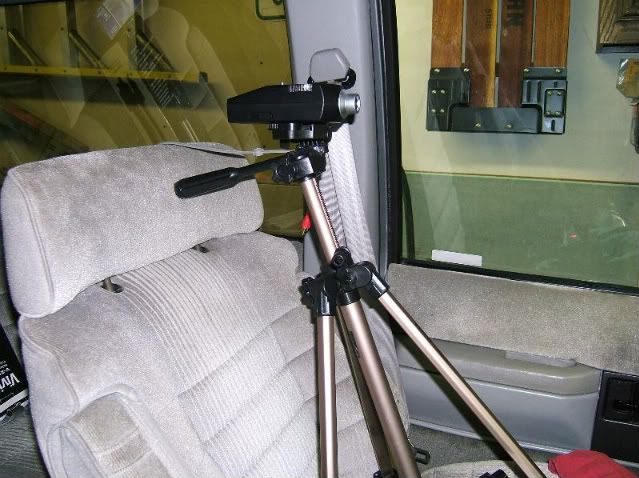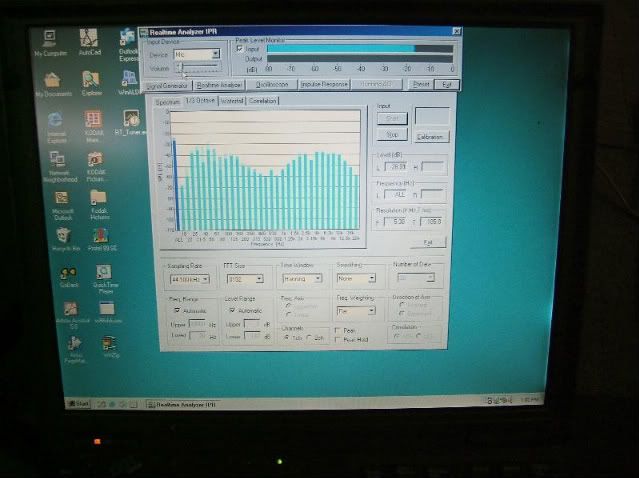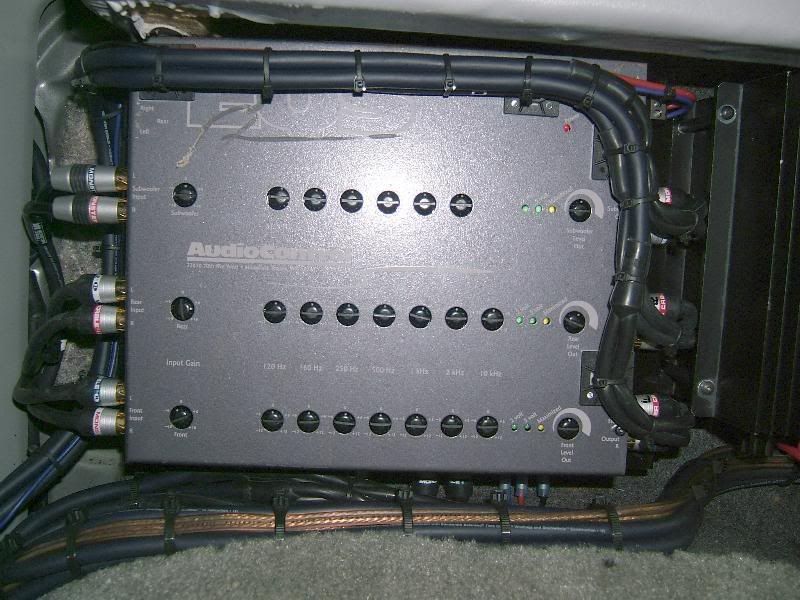When using multiple equipment such as a head unit, crossover, and EQ you need to first match the gains as needed between the equipment. With this system there is an AudioControl EQ-S which is easy to adjust per the instructions. Typically you want to keep the signal high through the audio chain and then lower the amp’s gain if it has one. This will insure minimum background noise.
After all wiring was complete I used an AC volt meter and a test disc playing a 1 kHz test tone to match the gains on the amps. I put the meter across the speaker terminals and made sure all channels had the same voltage reading. This was done since there are independent R and L gains on these particular amps.
Next is speaker phasing. It is very important to ensure phasing of the speakers is correct. If the drivers are out of phase (meaning right and left channels hooked up with opposite polarity) your bass will suffer and the highs will sound imbalanced. There are some instances where you want this, but I will explain that later. For low frequency such as mid bass or subs, it’s easy to check phasing using a small AAA battery. Simply remove the speaker connections at the amp and hook the positive of the battery to the + of the speaker wire and tap the negative to the other wire. Have someone observe the speaker cones while you do this. You will notice that the cones are moving in or out. If you swap the polarity of the battery the direction of the cone movement will change. You want to make sure that both right and left channels are the same with the same polarities.
For tweeters and some midranges you can’t use this method because the speaker does not have the excursion to visualize cone movement. The only way is to use a scope. I use the scope method for checking all my phasing’s. To do this you will need a test disc with various frequencies or an audio signal generator. Also a 2-channel oscilloscope, microphones and a preamp. I use an old cassette deck with mic inputs for my preamp. If you use the test disc it has to be a mono signal. If not just use a Y cable to mix the inputs at the amp. I use the audio generator for this so I have easier control of the signal. I unplug the inputs to the amp and plug the output of the generator to it. Hook the outputs of the cassette deck to the inputs of the scope. Right on one channel and left on the other. Here is a picture of my test setup.
